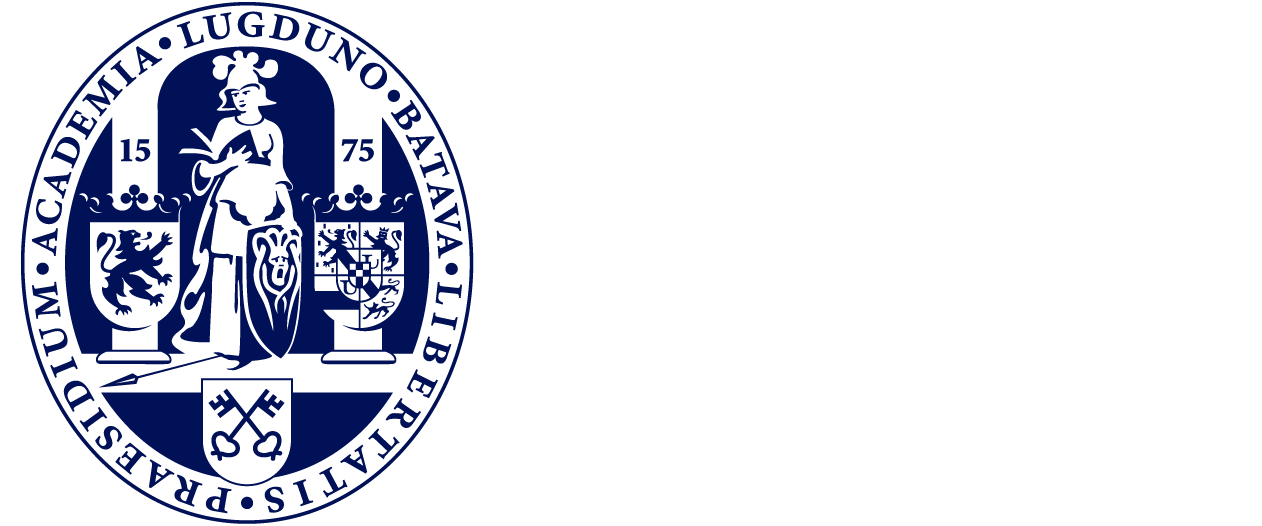Webinar on June 16, 2021, 3:00 pm UTC+2
IR-PHI Studies of Metallic and Non-Metallic Nanostructures
Photothermal heterodyne imaging (PHI) is a sensitive method for detecting nanostructures, and the combination of PHI with IR excitation yields a technique that can provide chemically specific information about the sample. In the version of IR-PHI developed at Notre Dame, an IR pump laser excites the sample, causing a small temperature rise that is detected by a counter-propagating visible probe beam. The spatial resolution is determined by the visible probe beam, and a resolution of 0.3 μm has been achieved with a 0.53 μm probe wavelength and a high numerical aperture focusing objective. This talk will discuss the spatial resolution and detection mechanism for the PHI signal. In addition, the use of IR-PHI to interrogate single, high aspect ratio Au nanowires (NWs) will be described. Spectra recorded between 2,800 and 4,000 cm−1 range reveal a series of resonances due to the Fabry–Pérot modes of the NWs. Crucially, the IR-PHI images show structure that reflects the spatial distribution of the NW absorption, and allows the mode number of the resonances to be assigned. The ability to image the plasmon modes is made possible by the super-resolution capabilities of IR-PHI. The linewidths in the NW spectra range from 35 to 75 meV and, in several cases, are significantly below the limiting values predicted by the bulk Au Drude damping parameter. The narrow linewidths imply long dephasing times, and are attributed to reduction in both radiation damping and resistive heating effects in the NWs.


